Some animals seem to have an uncanny ability to survive in places that would be lethal to most creatures. From acid-filled lakes to areas contaminated by nuclear radiation, these hardy species thrive where others couldn’t even dream of living. How do they do it? It’s a mix of fascinating adaptations and remarkable resilience that allow them to call these extreme environments home.
While most of us would run for safety at the mere thought of these toxic landscapes, animals like the resilient tardigrade and the radioactive-loving rat can thrive, seemingly impervious to the dangers around them. Let’s take a look at some of these incredible survivors and the extraordinary ways they’ve adapted to some of the harshest conditions on the planet.
Tardigrade
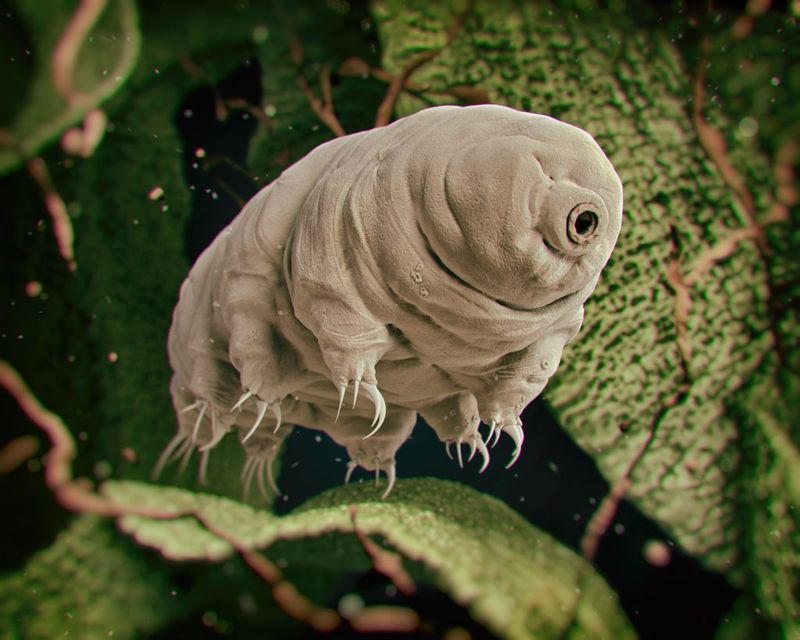
Tardigrades, also known as water bears, are microscopic creatures renowned for their resilience. These tiny animals can withstand extreme conditions, including radiation from nuclear sites. Tardigrades have an extraordinary ability to enter a cryptobiotic state, essentially shutting down their metabolism to survive hostile environments.
Their robust protein structures protect their DNA from damage. Found in both aquatic and terrestrial habitats, tardigrades have been discovered thriving amidst moss and lichen in the most toxic surroundings. Their ability to survive in seemingly uninhabitable places continues to astound scientists around the world.
Pink Flamingo

The pink flamingo is a fascinating bird, often seen in highly alkaline environments such as Tanzania’s Lake Natron. Despite the lake’s caustic conditions, flamingos thrive here, feeding on the abundant cyanobacteria. Their striking pink color is due to the carotenoids in their diet.
These birds exhibit physical adaptations like specialized skin and leg scales to withstand the harsh terrain. Their nesting sites on small islands further protect them from predators, allowing flamingo populations to flourish in these extreme conditions.
Wood Frog

The wood frog has a unique adaptation that allows it to survive freezing temperatures, thriving in toxic environments where others perish. Found in North American forests, these frogs can survive being frozen solid. They produce a cryoprotectant that prevents cell damage during freezing.
This incredible biological antifreeze enables their heart and breathing to stop completely before they thaw and resume life as usual. Their ability to hibernate in harsh conditions ensures their survival even in the most challenging environments.
Radiation-Resistant Bacterium
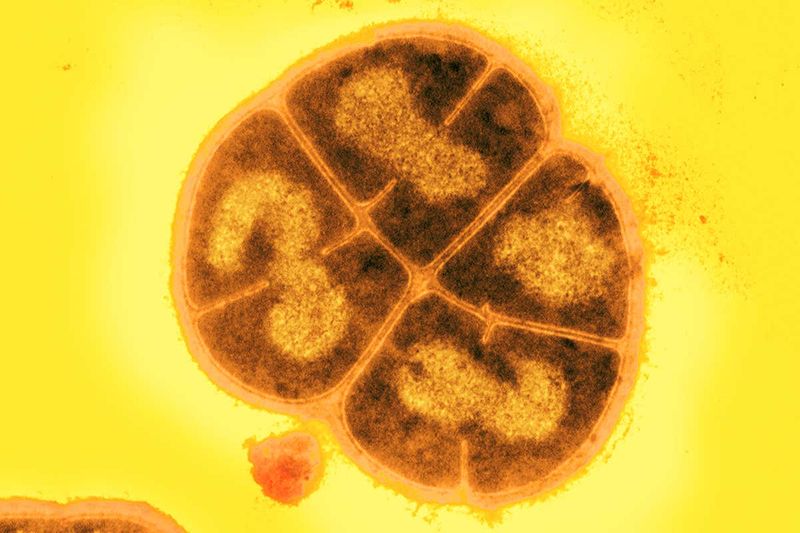
Deinococcus radiodurans, often dubbed ‘Conan the Bacterium,’ is a microbe that thrives in radioactive environments. It can endure extreme radiation levels, making it a subject of extensive study. This bacterium’s unique DNA repair mechanisms allow it to reconstruct its genome after damage, ensuring survival.
Found in nuclear waste sites, Deinococcus radiodurans has been vital in bioremediation efforts. Its resilience offers insights into potential applications for cleaning up contaminated environments, showcasing nature’s ability to adapt to extreme conditions.
Mallard Duck
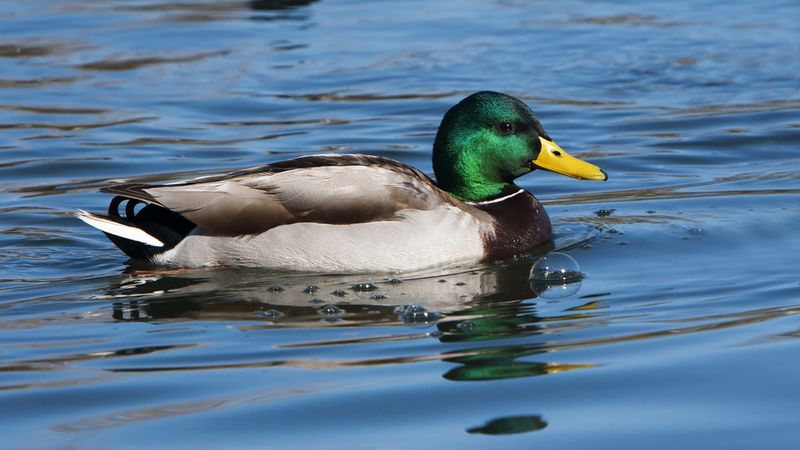
Mallard ducks are surprisingly resilient, thriving in polluted environments that others avoid. Commonly found in urban areas, these ducks have adapted to waterways contaminated with chemicals and debris. Their versatile diet, feeding on plants, insects, and small fish, enables them to survive in diverse habitats.
Their adaptability and robust immune system allow mallards to cope with pollutants, making them a common sight in city parks and industrial sites. Their presence is a testament to the adaptability of wildlife in the face of environmental challenges.
Naked Mole-Rat
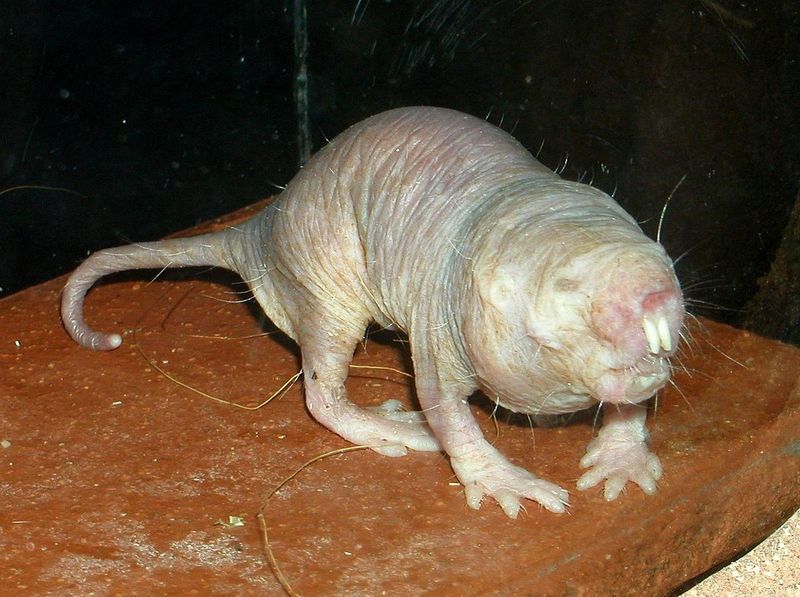
Naked mole-rats are unique mammals adapted to live in low-oxygen environments, such as underground burrows. Found in East Africa, these rodents thrive in conditions where oxygen levels are similar to those on high mountain peaks. They have specialized hemoglobin that efficiently captures oxygen, allowing them to survive.
Their eusocial structure, similar to that of bees, helps them maintain complex burrow systems. Naked mole-rats’ ability to endure harsh environments has made them subjects of medical research, offering potential insights into cancer resistance and aging.
Red Flat Bark Beetle
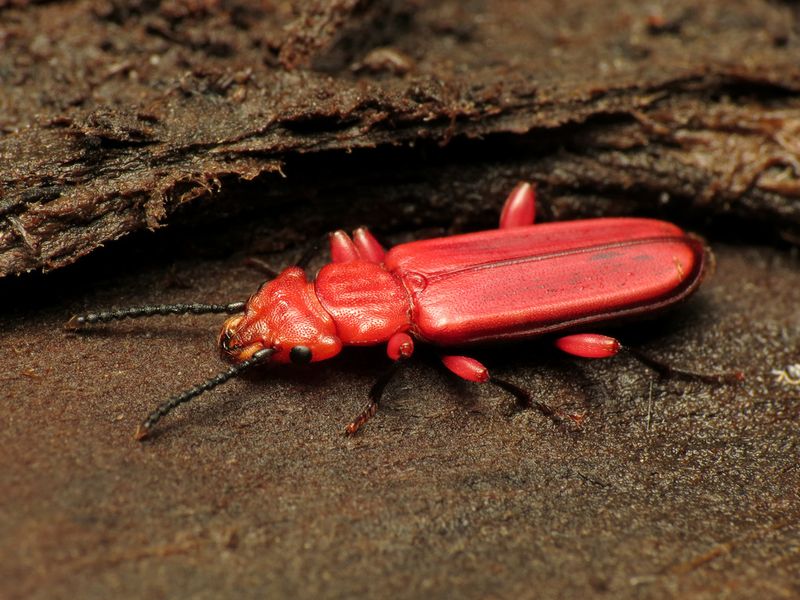
The red flat bark beetle is a resilient insect thriving in extreme cold, often found in decaying wood. These beetles survive subzero temperatures by producing antifreeze proteins that prevent ice from forming in their bodies. During harsh winters, they remain active within rotting logs.
This remarkable adaptation allows them to exploit environments that deter most predators. Their ability to endure freezing conditions showcases the resilience of insects in toxic environments, where they continue to play vital roles in the ecosystem.
Emperor Scorpion
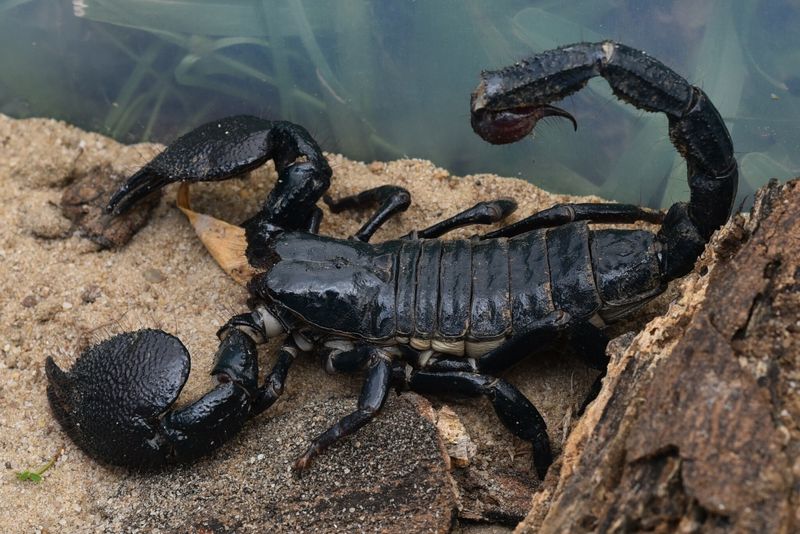
Emperor scorpions are formidable arachnids that thrive in the harsh deserts of Africa. They have adapted to survive extreme temperatures and scarce resources, hunting at night to avoid the heat. Their tough exoskeleton provides a barrier against the elements and predators.
These scorpions are also capable of surviving in radioactive environments, having been observed near nuclear test sites. Their resilience and adaptability make them fascinating subjects for study, illustrating nature’s ability to endure in inhospitable places.
Chernobyl Wolf
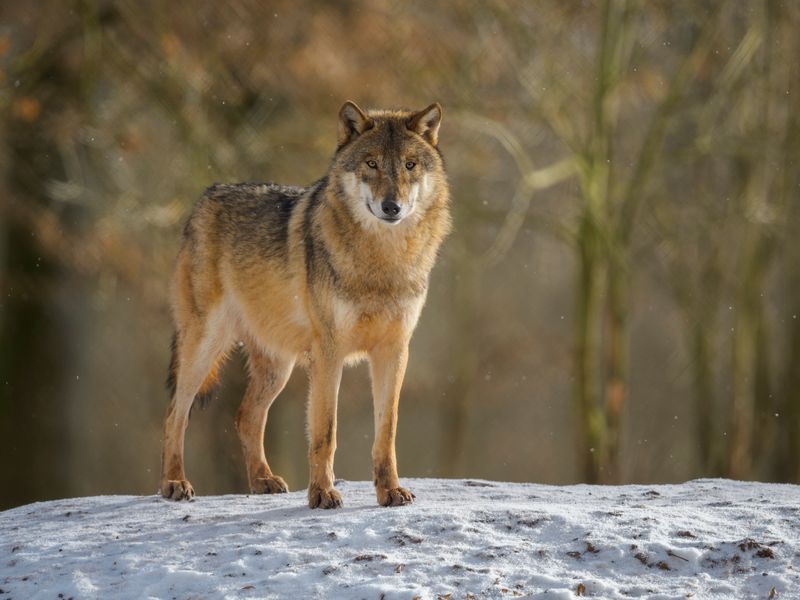
Wolves in the Chernobyl exclusion zone have adapted to life in a radioactive environment. With minimal human interference, these wolves have formed thriving populations in the forested areas surrounding the former power plant. Their presence is a testament to wildlife resilience in contaminated areas.
These wolves primarily prey on the abundant deer and boar, sustaining their populations despite radiation exposure. Studies of Chernobyl wolves continue to provide insights into the long-term effects of radiation on large mammals, revealing nature’s capacity for resilience.
Oil-Eating Bacteria

Oil-eating bacteria are remarkable microorganisms that thrive in oil-contaminated environments. Found in areas affected by oil spills, these bacteria utilize hydrocarbons as an energy source, breaking down oil into less harmful substances.
Their metabolic processes make them essential for bioremediation efforts, aiding in the cleanup of polluted sites. These bacteria’s ability to thrive in toxic conditions highlights their role in restoring ecological balance and their potential in mitigating the impacts of environmental disasters.
Antarctic Icefish
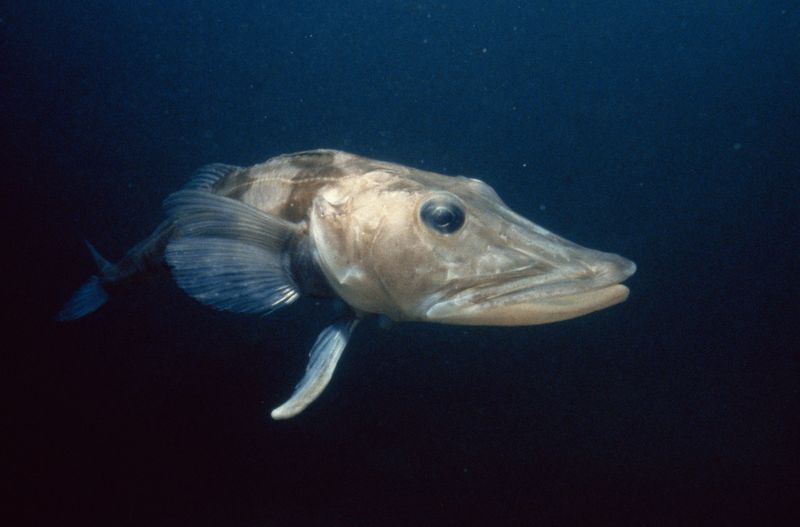
Antarctic icefish are fascinating creatures adapted to freezing waters with unique physiological traits. Lacking hemoglobin, their blood is transparent, allowing them to survive in oxygen-rich, cold environments. This adaptation enables icefish to thrive in conditions that would be lethal to other species.
Found in the Southern Ocean, they rely on antifreeze glycoproteins to prevent ice formation in their bodies. These traits make them subjects of interest for scientists studying adaptations to extreme environments, showcasing nature’s ingenuity.
Goblin Shark
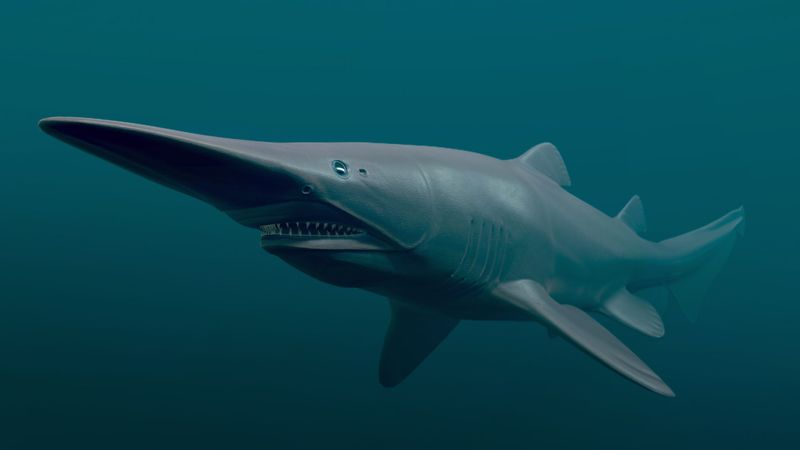
Goblin sharks are elusive deep-sea predators thriving in the dark, pressurized environments of the ocean’s depths. Recognizable by their unique elongated snouts and pinkish hue, these sharks are rarely seen by humans. They have specialized jaws that can extend to capture prey.
Goblin sharks adapt to the crushing pressures and scarce food supply of the deep sea, making them masters of one of Earth’s most extreme environments. Their mysterious nature and unique adaptations continue to intrigue oceanographers and marine biologists alike.
Alpine Ibex
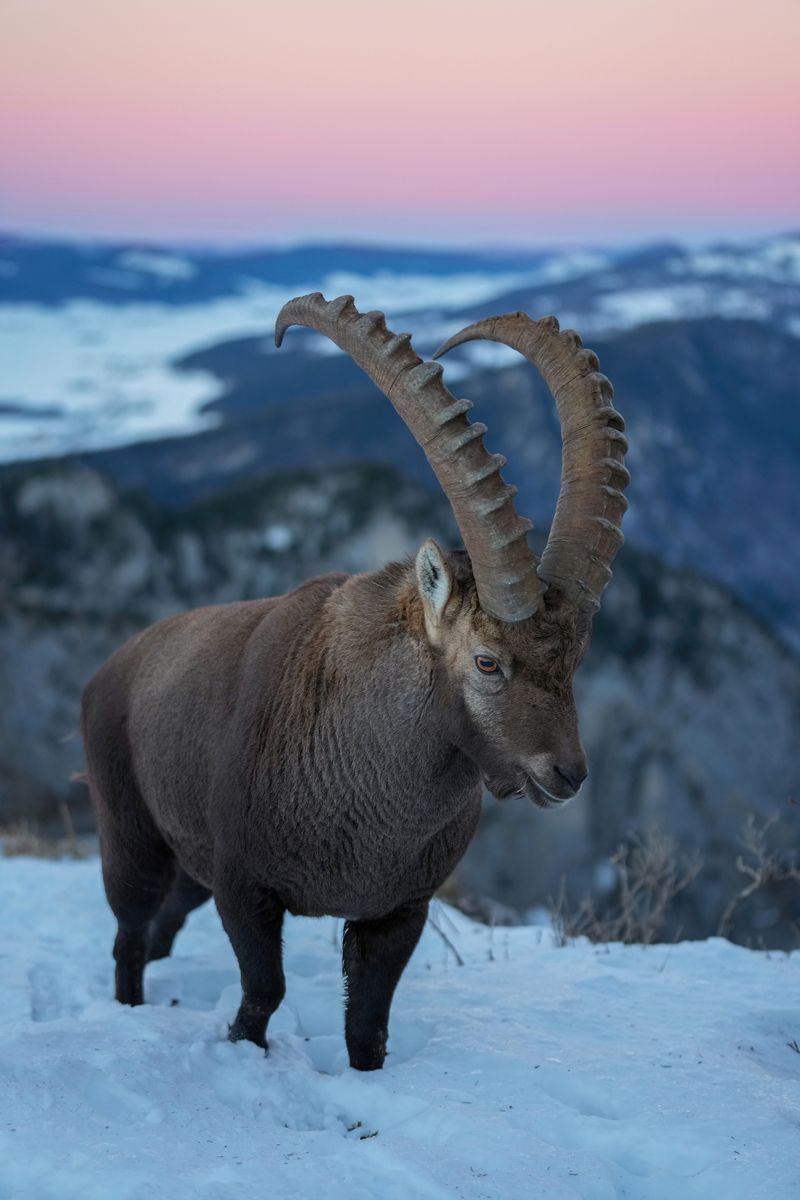
The alpine ibex is a skilled climber found in the rocky, mountainous regions of the Alps. These goats are adapted to thrive in high-altitude, low-oxygen environments. Their powerful legs and specialized hooves enable them to navigate steep cliffs with ease.
Their ability to graze on sparse vegetation and endure harsh conditions allows them to survive where few other animals can. Alpine ibexes are emblematic of nature’s resilience, demonstrating how life can flourish even in the most challenging terrains.
American Cockroach
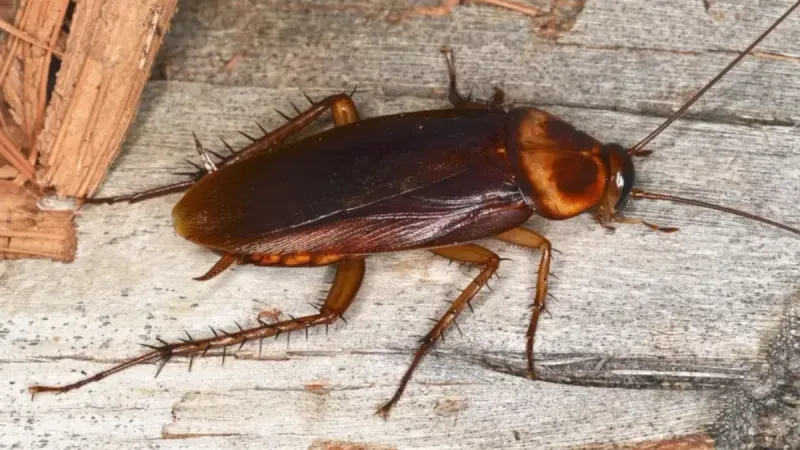
The American cockroach is an infamous survivor, thriving in unsanitary urban environments. These insects are highly adaptable, capable of living in sewers, garbage dumps, and other toxic areas. Their omnivorous diet and rapid reproduction make them formidable pests.
Cockroaches possess a strong immune system and can endure a range of harsh conditions, including exposure to radiation. Their resilience allows them to persist in environments that would overwhelm other species, making them a symbol of durability in the natural world.
Tufted Puffin
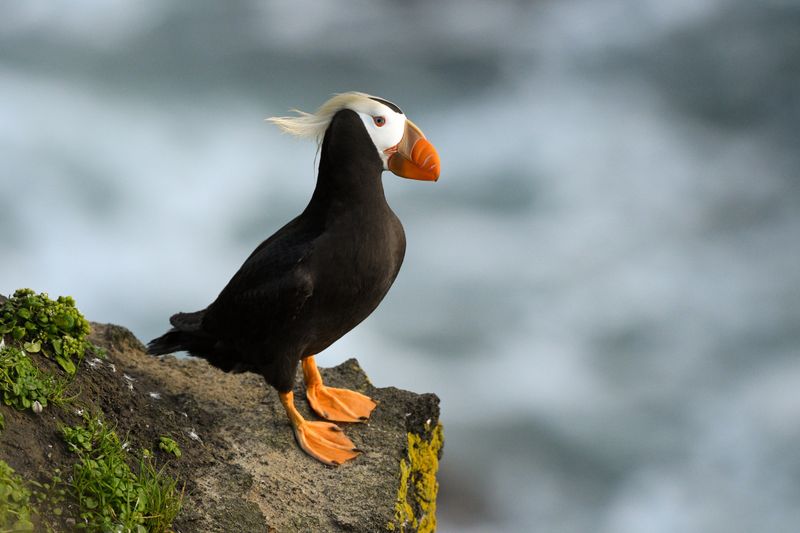
The tufted puffin is a seabird that thrives in the cold, harsh climates of the North Pacific. Known for their distinctive tufts and colorful bills, these birds have adapted to life on rocky cliffs. They dive into icy waters to hunt for fish, withstanding the frigid temperatures.
Their waterproof feathers and strong wings enable them to travel long distances in search of food. Tufted puffins’ resilience in challenging environments makes them a captivating species to observe, embodying the determination of wildlife in extreme habitats.
Wandering Albatross
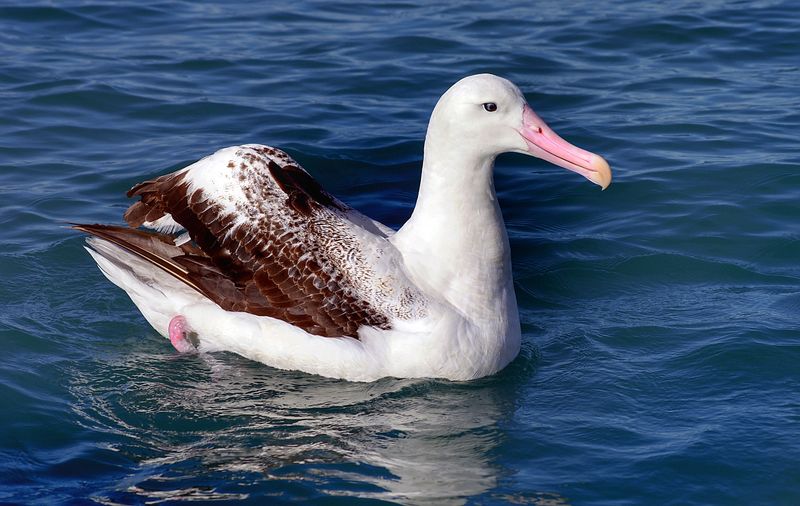
The wandering albatross is a majestic bird of the open ocean, known for its impressive wingspan and ability to glide for hours without flapping. These birds are adapted to survive in the vast, wind-swept seas. They can travel thousands of miles in search of food.
Their keen sense of smell helps them locate prey in the expansive ocean. Wandering albatrosses’ ability to endure long periods at sea without landing highlights their resilience in one of Earth’s most formidable environments.
Cave-Dwelling Fish

Cave-dwelling fish have adapted to life in the perpetual darkness of underwater caves. These fish often exhibit reduced eyesight or complete blindness, relying on other senses to navigate their environment. Specialized sensory organs allow them to detect changes in water pressure and vibrations.
Their ability to survive with limited resources and in isolated habitats makes them unique examples of adaptability. Cave-dwelling fish offer insights into evolutionary processes in extreme environments, where survival requires innovative adaptations.
Saltwater Crocodile
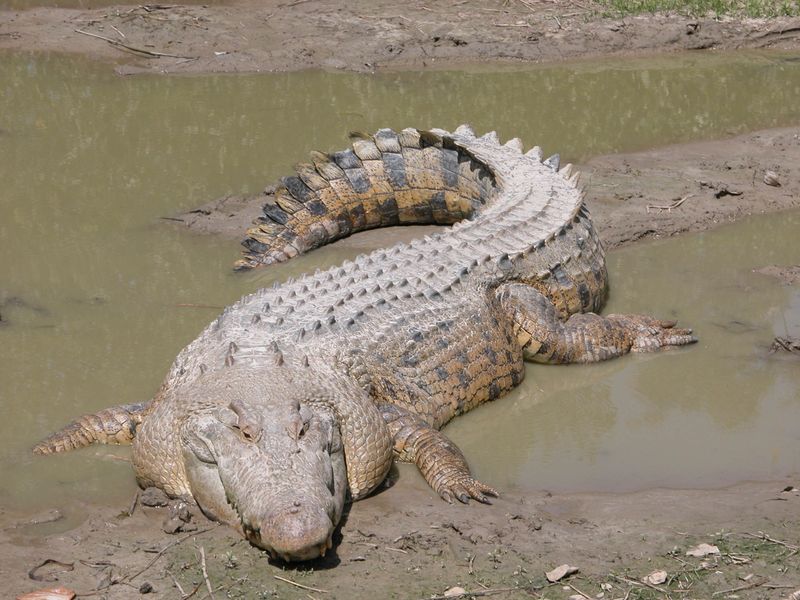
The saltwater crocodile is the largest living reptile, thriving in coastal waters and river systems of Southeast Asia and Australia. These formidable predators have adapted to diverse environments, including brackish and freshwater habitats.
Their powerful bodies and keen hunting instincts allow them to capture prey both in water and on land. Saltwater crocodiles’ ability to regulate salt levels in their bodies ensures their survival in coastal areas. Their presence represents the tenacity and adaptability of reptiles in challenging environments.
Bald Eagle
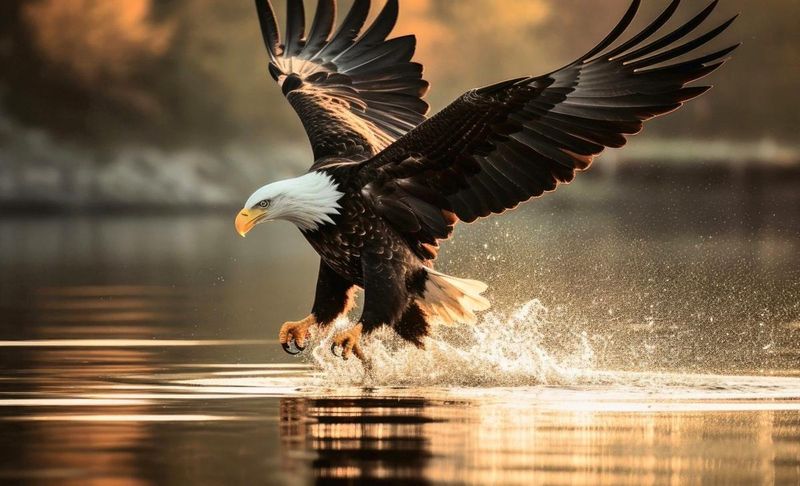
The bald eagle is a symbol of strength and resilience, thriving in diverse environments across North America. Known for their keen eyesight and powerful flight, these birds are adept hunters. They nest in tall trees near water sources, allowing access to fish and other prey.
Bald eagles have adapted to a wide range of habitats, from coastal areas to mountainous regions. Their population rebounded after conservation efforts, showcasing the resilience of wildlife when given a chance to recover. The bald eagle remains a powerful emblem of nature’s enduring spirit.
Glow-in-the-Dark Mushroom Frog

The Glow-in-the-Dark Mushroom Frog is a unique amphibian that appears as if plucked from a science fiction tale. Found in regions affected by nuclear fallout, its skin emits a gentle, luminescent green glow, thanks to symbiotic fungi living on its surface.
This glowing feature serves a dual purpose: deterring predators and helping it navigate its shadowy environment. Interestingly, the fungi are believed to detoxify radioactive particles, allowing these frogs to inhabit areas others cannot.
Their existence challenges our understanding of life, showing how interdependent relationships can lead to survival in toxic habitats.

